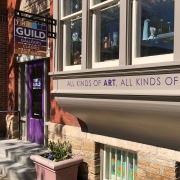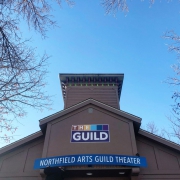
CENTERED MINDFULNESS
JULY 23– AUG 29, 2020
This exhibition features installation works by six regional artists Marilyn Larson, Tim Lloyd, John Saurer, Jan Shoger, Elizabeth Simonson and Michon Weeks. Each artist has developed a specific visual language that aims to shift viewers’ perspective toward a more meditative view of the world, either through repetitive forms, mathematical theories, grid systems or circular structures.
Watch a recording of the Virtual Reception that was held on August 6, 2020 to celebrate the artists. See a slideshow of artwork and hear remarks from the featured artists followed by an artist Q & A portion.
FEATURED ARTISTS:
Marilyn Larson
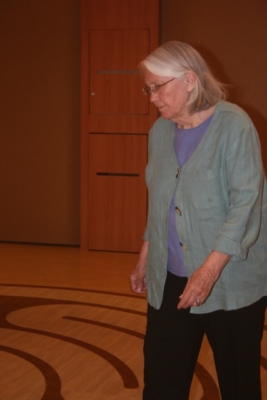
 Marilyn Larson is a Minneapolis-based artist, ceremonialist, and labyrinth maker. Since 1996 she has been building contemplative labyrinths for wall, floor and outdoors. Labyrinths have been found worldwide over the past 5,000 years. Patterns found in nature are reflected in walkable art called labyrinths. A labyrinth is an enclosed meandering path that leads into a center and out again. A sacred space is created each time we trace the form of a labyrinth with eyes, fingers, or feet. A labyrinth is also a mirror and a listening device. Intentions set upon entering the image invite response. Wherever found, labyrinths continue to offer an opportunity to experience a pace that can bring inner peace. Like the meandering movement of a river that revitalizes water, the ever-turning, rhythmical walk of a labyrinth calls forth clarity.
Marilyn Larson is a Minneapolis-based artist, ceremonialist, and labyrinth maker. Since 1996 she has been building contemplative labyrinths for wall, floor and outdoors. Labyrinths have been found worldwide over the past 5,000 years. Patterns found in nature are reflected in walkable art called labyrinths. A labyrinth is an enclosed meandering path that leads into a center and out again. A sacred space is created each time we trace the form of a labyrinth with eyes, fingers, or feet. A labyrinth is also a mirror and a listening device. Intentions set upon entering the image invite response. Wherever found, labyrinths continue to offer an opportunity to experience a pace that can bring inner peace. Like the meandering movement of a river that revitalizes water, the ever-turning, rhythmical walk of a labyrinth calls forth clarity.
Tim Lloyd
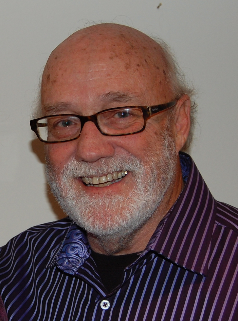
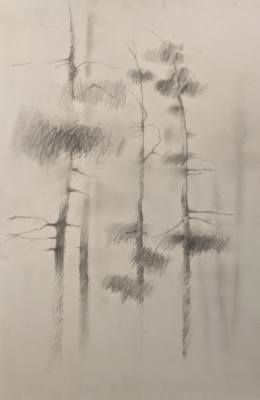 Tim Lloyd is a Northfield artist whose ideas come from nature, and whose work has always made reference to some aspect of the natural world.
Tim Lloyd is a Northfield artist whose ideas come from nature, and whose work has always made reference to some aspect of the natural world.
Boreal Studies, a series.
Drawing for me has always been a way to get into the mind of an artist. Without the intent of making a work of art the direct activity putting marks on a surface gets close to the thinking of a person. It’s something like what I like to say “picking the brain of another human”.This series of drawings of trees from an area of Minnesota’s Arrowhead gives this group of graphite drawings “ a sense of place” not only of boreal species, that of old growth White Pine, White Spruce, and Balsam Fir, but of my intent to describe the trees. I hope too that they also give a glimpse of my thought process. I love graphite as a tool for mark making, for me its’ spontaneity conveys how I’m mindful as I draw.
John Saurer
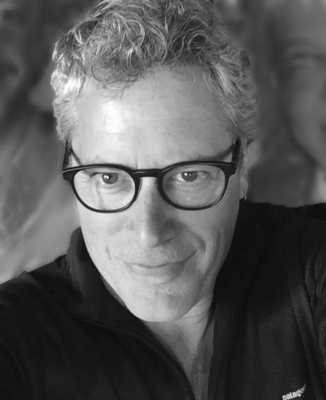
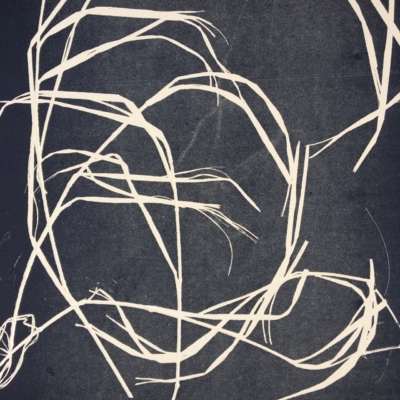 I created this monoprint series of over 100 impressions of simple objects collected at my feet, off the ground (natural and man-made, beautiful and ugly). I am intrigued by the “multiple” and the potential to construct a larger composition from a single print matrix and the “ghosts” of previous impressions as the series moves forward.
I created this monoprint series of over 100 impressions of simple objects collected at my feet, off the ground (natural and man-made, beautiful and ugly). I am intrigued by the “multiple” and the potential to construct a larger composition from a single print matrix and the “ghosts” of previous impressions as the series moves forward.
My artwork is a metaphor for order: sometimes re-expressing order found in the landscape, a mechanical process, the rhythm of form, personal relationships, and the life around me. Each work is often a collaboration of many independent parts that are crafted to come together and express a larger whole.
Jan Shoger
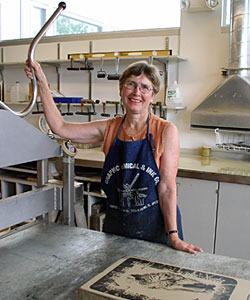
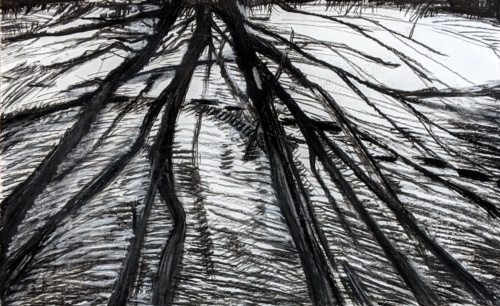 My sketchbooks are chock full of drawings of natural phenomena: logs caught in a stream, bird’s nests, cells magnified 2500 times by the scanning electron microscope, rock formations, trees hanging tenaciously to nearly bare rock, great blue herons, twisted thistles, driftwood fragments, seeds picked up on a walk, shells found at ocean’s edge, organic shadows from plants, striated stones or weathered bones.
My sketchbooks are chock full of drawings of natural phenomena: logs caught in a stream, bird’s nests, cells magnified 2500 times by the scanning electron microscope, rock formations, trees hanging tenaciously to nearly bare rock, great blue herons, twisted thistles, driftwood fragments, seeds picked up on a walk, shells found at ocean’s edge, organic shadows from plants, striated stones or weathered bones.
Shadows
Wintry, distorted shadows of tree, shrubs, grasses,
Fall across the white undulations on the hill behind the house
The mind focuses, empties of all thoughts
What I see, feel, at this moment is all that matters
Totally caught up, charcoal marks are made, responding to what I see, what I take in
Hand and eye movements merge
Spontaneous, meditative, gestures quickly mark the paper.
Elizabeth Simonson

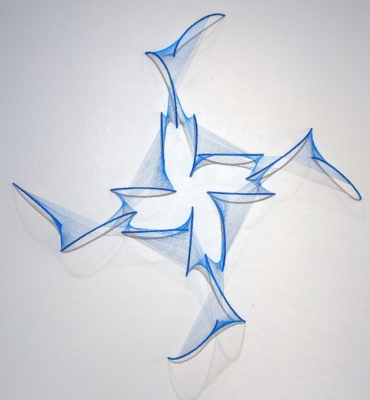 My work is structured through the creation of repetitive systems. Where better can this order be found than in the building blocks of life? From simple molecular structures to complex organisms, life grows blindly, motivated by creating self sustaining structures that foster survival. I see my work as an aspect of nature.
My work is structured through the creation of repetitive systems. Where better can this order be found than in the building blocks of life? From simple molecular structures to complex organisms, life grows blindly, motivated by creating self sustaining structures that foster survival. I see my work as an aspect of nature.
It was not my intention to create system-based art, but I feel that abstraction and the use of logic, systems and patterns is a powerful language, and it is important to me that the viewer has an accessible path to share in my exploration of it. I use common everyday materials like tape, wire, beads, tiles, fishing line, office supplies or anything that comes in multiples as my inspiration. One pattern may involve covering from ceiling to floor, a wall or room with consecutive rows of tape. Each successive layer conforms to the imperfections of the previous row where by a subtle crease evolves into a voluminous shape. The enormous task of both building and attaching the units underscores the complex relationship between a rigid and fixed system with the limitations of the material and the maker.
Michon Weeks
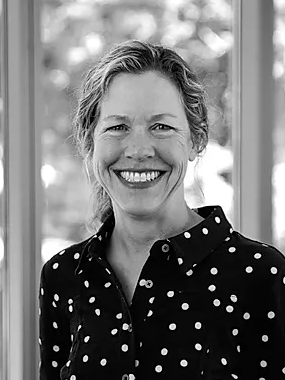
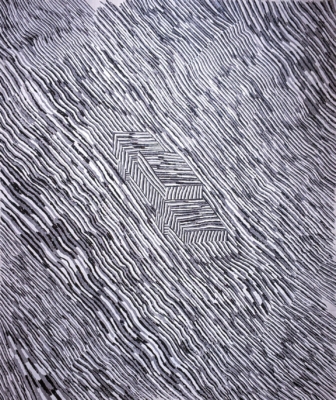 Drawings: Airplane, Boombox, Car
Drawings: Airplane, Boombox, Car
As an artist, I work to see as concretely as possible what my mind can think and imagine. Inspiration can come from anything and anywhere: things, thoughts, memories, sensations, etc. My collection of subjects for this group of drawings came from direct conversations with my choir mates at St. Peter’s in Northfield, MN. I asked my fellow singers questions about themselves. What is important to you? How do you spend your time? What are your prized possessions? Often, their answers yielded specific objects–a sewing machine, a stocking cap, an airplane, a ring, etc. I draw to see a materialized view of each object distilled through my ink, tools, hands, brain, senses, heart, and gut. I made many of the drawings within a grid of lines or dots. The grid provides a field where I can find imagery and avoid dishonest marks. Blocky-shaped objectsalong with my mistakes, edits, and dabs of unpolished doubt are unconcealed in the drawings.


